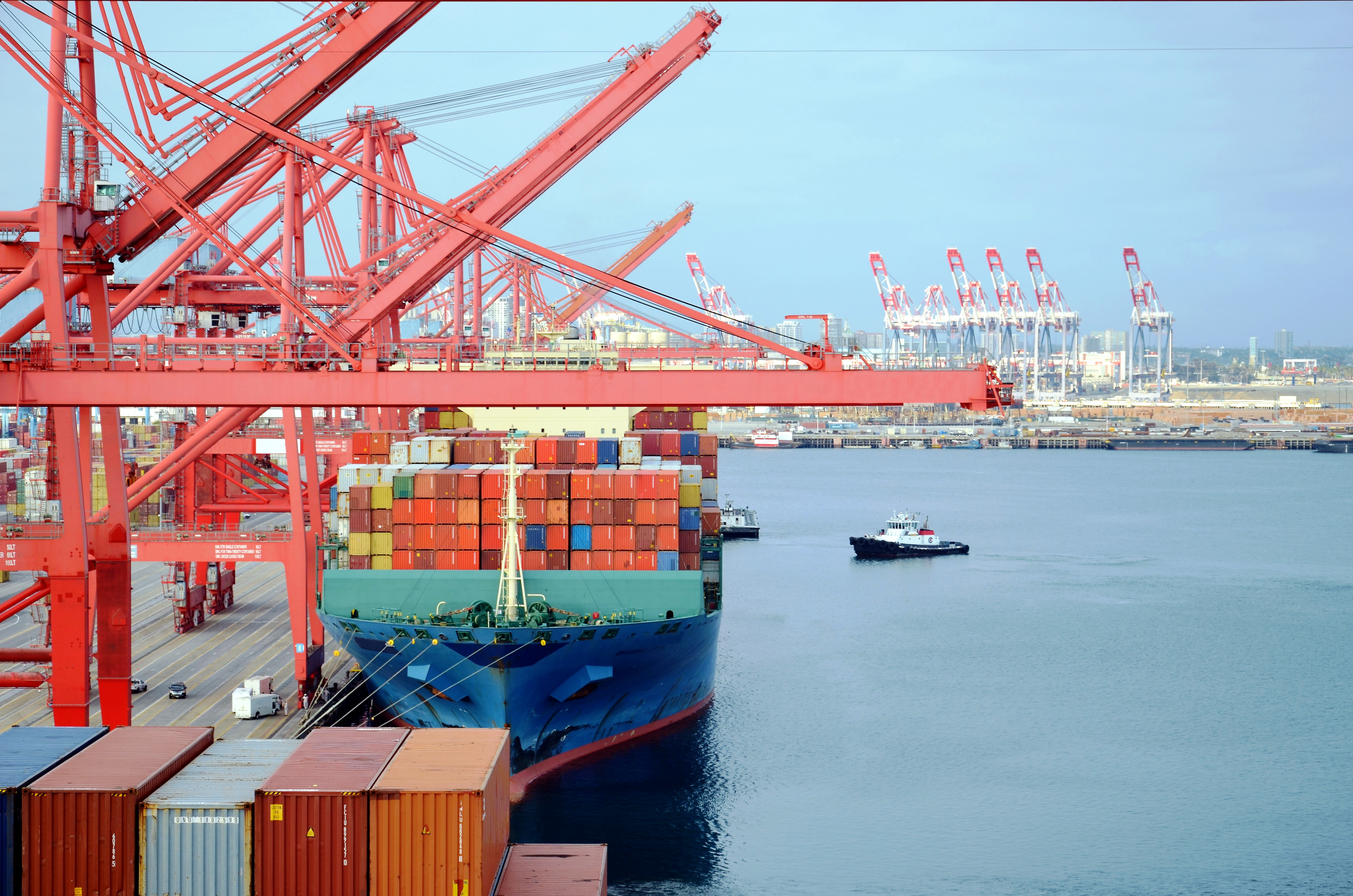Forty percent of all U.S. imports pass through ports along the Southern California coast, and all of that heavy seafaring cargo traffic contributes significantly to the region’s poor air quality.
As the Los Angeles Times Editorial Board recently put it:
“The ports of Los Angeles and Long Beach are the single largest source of pollution in the nation’s smoggiest area. The communities around the ports have the highest cancer risk from air pollution in the region … And air quality has been getting worse, not better, in recent years.”
In short, Southern California has a huge port pollution problem. Over one 24-hour period in port, a single ship can create as much air pollution as 10,000 cars on the road. By 2023, the ports of Los Angeles and Long Beach will become the region’s largest source of nitrogen oxide pollution – producing more than four times the amount of smog-forming emissions than the region’s passenger vehicles.
And yet, radical activists and politicians in California aim to make this problem worse. If policymakers follow their lead and implement proposals shutting down in-state oil production, California would be forced to replace its lost supply with more foreign oil imports – and thus more tankers in port.
Studies show that halting in-state production would create demand for an additional 160 million barrels of oil imports to California annually. At minimum, that would require an additional 80 oil tankers to unnecessarily traverse the planet and idle in Southern California ports.
All of that unnecessary tanker traffic would mean more air pollution for frontline communities – and higher costs for consumers and businesses.
An economic analysis released by the State Building & Construction Trades Council of California earlier this year found that gas prices would increase $0.70 per gallon due to the billions refineries would be forced to spend to reconfigure their operations for foreign crude, as well as an additional $1 to $2 per gallon to fund necessary port expansions. Notably, the analysis also warned that prices “could briefly soar by $10 or more per gallon” under an in-state shutdown scenario should foreign supply challenges emerge:
“… Effects could be catastrophic if California is exposed to abrupt foreign supply cutbacks due to international turmoil, regional skirmishes, disruption of supertanker transport routes, accelerated demand increases in China and India, or other factors.”
Of course, these cost increases would all be on top of California’s already highest-in-the-nation $4.40 average price for a gallon of gas.
Policies have consequences, and shutting down in-state oil production would unnecessarily create more oil tanker traffic in California ports, leading to worse air quality for disadvantaged communities and higher costs for consumers and businesses.


